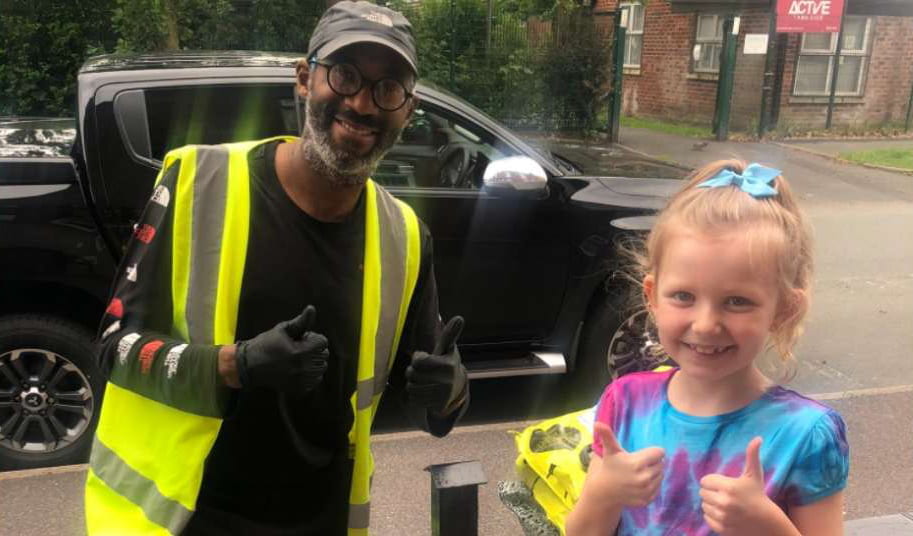
A lot of individuals may feel isolated because it’s typically tough to converse properly in American Sign Language with family members, peers, and particularly strangers. With regards to 11-year-old Zoe Tapley, this experience was suddenly prevailed at Disneyland in Anaheim, California.

Zoe is Hard of hearing, and her parents, Jesse and Jeanette, routinely have to translate discussions on her behalf when she is out in public. Within destinations such as theme parks, they wander around enjoying the park with Zoe. Meanwhile, they help build awareness to her surroundings. They have to stop periodically at check-in areas whereby they talk about what’s going on around them using American Sign Language (ASL).
However, things changed during the family’s 2022 visit to Disneyland. While Zoe and her guardians were meeting a variety of Disney figures, Zoe approached the actor dressed as Princess Anna coming from the movie Frozen. Zoe signed “Hello” in ASL, and the actor playing Anna instantly observed that Zoe was Deaf. The lady then looked toward Zoe’s mother and father and asked, “Can I sign?” When Zoe’s father Jesse said “Yes,” Anna communicated with Zoe in American Sign Language.
Anna and Zoe then signed with one another regarding topics including Zoe’s favorite Disneyland rides to how Zoe had been adopted from the Congo. It was a wonderful encounter for Zoe’s mother and father to witness their daughter absolutely having fun at Disneyland by interacting independently by means of American Sign Language.
According to her mother Jeanette, it was the very first time Zoe was able to communicate with a Disney personality by means of American Sign Language. Jeanette said it was very thrilling to see her daughter use ASL with a character in the amusement park. Zoe’s father, Jesse, added, “It was one of those things where she got to feel the magic rather than being filtered through mom and dad.”
The Reason Why This American Sign Language Experience Makes a Difference
Impact on many other Deaf/Hard of Hearing Households and on Society in particular
Individuals who watched the internet video clip of Zoe Tapley signing with Princess Anna at Disneyland got a potent and inspiring message. Such encounter really make a difference to the Deaf and Hard of hearing community mainly because they’re empowering. It conveys the notion that Deaf/HoH individuals have a place in the broader society and are also included and appreciated.
An Inspiration for More People to Learn American Sign Language
As many other video footage of Disney characters interacting with Deaf/HoH people are distributed to a global audience on the internet, Deaf recognition and knowledge of sign language increases. The process will also encourage people to learn sign language directly or through online resources like Start ASL. This, consequently, can lead to more significant acceptance and inclusion for the globally Deaf/HOH community.
A Chance for Other Companies to Follow Suit
The Disney initiative can motivate other companies to follow suit and recognise the significance of communicating in sign language with Deaf and Hard of hearing citizens. Doing this can start a whole new realm of opportunities for every type of businesses in today’s increasingly interdependent and diverse global community.







